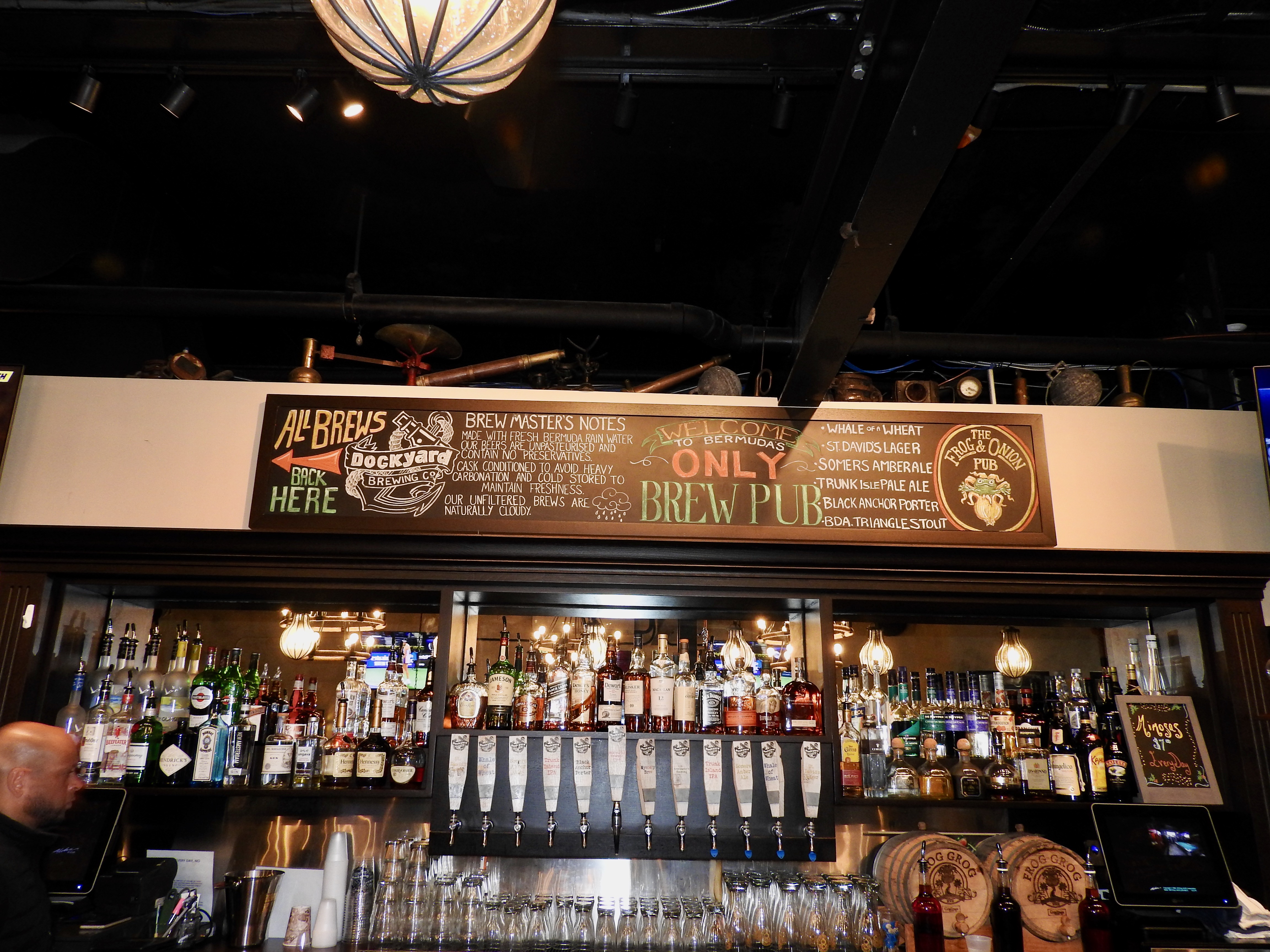I like to count a bunch of different things and that didn’t change simply because I went on vacation. If anything, it actually accelerated it. I’m always looking for opportunities to grow my lists. So I thought I’d wrap-up this final article in the Bermuda series with a summary of my progress.
Parish Counting

I couldn’t do any county counting because Bermuda didn’t have any counties. However, they had parishes and I could count those instead. It really didn’t take much effort. The archipelago stretches only 22 miles (35 kilometres) and reaches barely a mile thick at its widest. A trip from stem to stern hits just about everything.

Parishes in Bermuda traced back to the early days of settlement. The Virginia Company founded the initial colony but handed it back to King James I in 1614. He then chartered the Somers Isles Company. The new company carved Bermuda into nine nearly equivalent parcels for its investors. Originally they called them “tribes” and only later did they became “parishes.” Two municipalities joined the cast later, the Town of St. George and the City of Hamilton.
Parishes once served as administrative divisions. They exist today mostly for ceremonial and cultural purposes. Nonetheless everybody seemed to have an awareness of them and they mattered. Despite that, parishes “don’t have any administrative or legal role.” Signs along primary roads continued to mark the borders — like the City of Hamilton marker I visited (map) — so I happily counted them.
During the week I visited all nine parishes and both municipalities many times. I know, it didn’t take much effort. We stayed at multiple places during our trip so I also got 3 overnight visits (St. George’s Parish, Southampton Parish, Pembroke Parish).
Dockyard Brewing

Two breweries operated on Bermuda during the time of our visit and only one was open to the public. Naturally we headed over to Dockyard Brewing Company in the Royal Naval Dockyard complex. It served as the house brewery for the Frog and Onion , a traditional brewpub (map). My brewery visit page now includes a nice new push-pin in the middle of the Atlantic Ocean.
The only other brewery worked out of an industrial park on the edge of the City of Hamilton. In the U.S. that would be a perfect spot for a tasting room. However, On De Rock Craft Brewery didn’t have one. I enjoyed several of their beers at local restaurants instead.
Hamilton to Dockyard Ferry
It seemed counter-intuitive to imagine that Bermuda needed ferries. It didn’t cover much space! Nonetheless, anyone trying to drive anywhere on narrow, winding roads would understand. A ferry passenger could get from Hamilton to the Dockyard in about half the time of a taxi, and a lot cheaper. A bus would take even longer.
Most of the routes connected the ferry terminal in Hamilton (map) to various parts of the west end. I have a thing for ferries so of course I had to try one. We selected the Blue Route that crossed the Great Sound and dropped us at the doorstep of the Royal Naval Dockyard. It took about twenty minutes. We made sure we selected a day without a cruise ship in port so we wouldn’t have to deal with crowds.
Gibbs Hill Lighthouse

Yes, I collect lighthouses too. Bermuda included two major lights and several minor ones. I went to the most iconic of the bunch, the Gibbs Hill Lighthouse. It rose elegantly atop one of the higher promontories in Southampton Parish (map).
This cast iron structure built in 1844 continues to serve as an active navigational aid. The hill and tower creates a focal plane of more than a hundred metres above sea level, giving the light a range of 26 nautical miles (30 mi / 48 km).
Crystal and Fantasy Caves

Caves didn’t used to be on my list. Lately I noticed I’ve been to a bunch of them over the years. I guess now maybe they are. So what, I enjoy them.
The mere existence of caves on Bermuda genuinely surprised me. Obviously I knew before I got there because I researched things to see. I didn’t know anything about the geology of the area ahead of time except that Bermuda formed volcanically. Then I learned:
“After the volcanic ridge formed, calcite-secreting marine organisms made their home on it, building the ridge into a coral reef. As successive generations of coral built up, and their skeletons compacted into limestone, the volcanic mountain became coated with a limestone cap…”
Naturally, where limestone existed, so did caves. Two of them cold be visited on the same property, Crystal and Fantasy Caves in Hamilton Parish (map). Neither cave was particularly large although they both included a number of nice features spread along walkways above pools of water. Afterwards we stopped at the nearby Swizzle Inn and rewarded ourselves.
Articles in the Bermuda Shorts Series:
- Follow the Leader
- Shoreline Scenery
- The Outsider
- Bermuda Railway Trail
- St. George
- Forts
- Architectural Details
- Museums & More
- Lists
See Also: The Complete Photo Album on Flickr

Leave a Reply